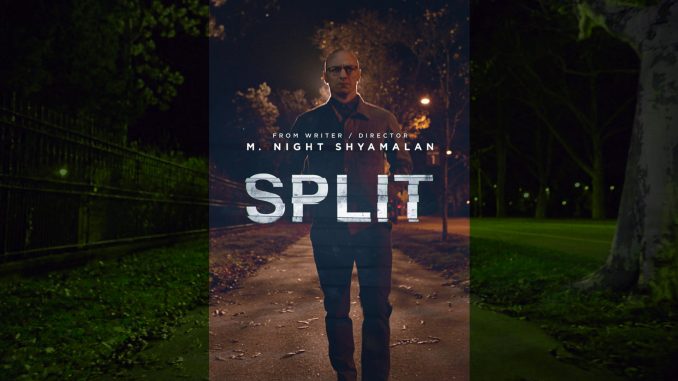
Cheyenne Dorsagno, Editor-In-Chief
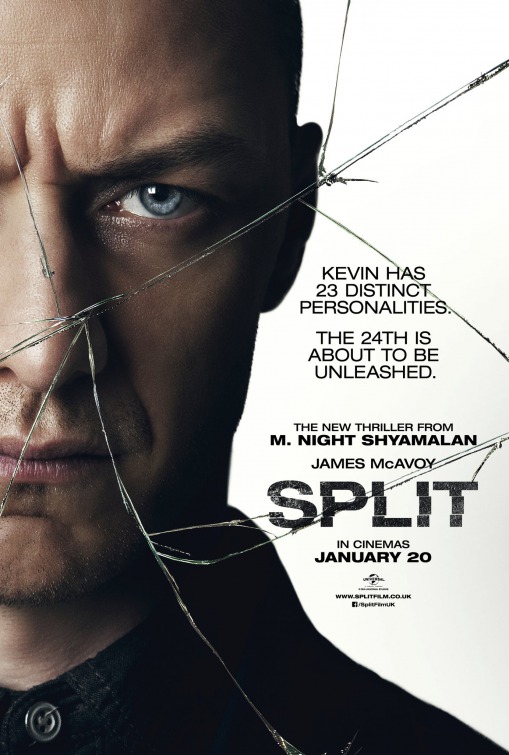
The trailer for M. Night Shyamalan’s Split quickly received a lot of attention as people have long been fascinated by Dissociative Identity Disorder (DID), a mental condition in which one person has multiple personalities. However, many other people quickly became hesitant, worrying that this film would aestheticize mental conditions and spread misinformation.
Other directors, such has Quentin Tarantino, have similarly walked the line when taking on controversial topics, such as slavery in Django Unchained. Although, Tarantino ultimately empowered the subjects of these tragedies by telling a version of events in which they secure their own agency and heroically enact a just revenge.
Before seeing this movie, it’s unclear as to whether or not Shyamalan can accomplish the same feat. I wanted to walk into Split with an open mind, but Shyamalan’s works range from unforgettable masterpieces like The Sixth Sense to unwatchable scraps of hot garbage like Lady in the Water. Needless to say, his films are very hit or miss, as it sometimes feels like he’s become a parodic version of himself who overcompensates in his new movies due to the insecurity of standing in the shadows of his past works.
Split challenged me from the get go as I, and many other viewers, tend to question how realistic a scary movie is if the characters aren’t being clever and hardworking enough in escaping the antagonist. Main character Casey Cooke (Anya Taylor-Joy) very easily gets abducted along with two other girls, but her compliance with her kidnapper becomes an important part of her character development. It’s necessary to remember that everyone responds differently to danger and, yes, people really do trip when they are running wildly in the woods, even if their life depends on it.
Women are expected to have a hyper-awareness of possibly getting kidnapped or sexually assaulted at any given moment. The film capitalizes on this fear by preying on my expectations, but there is quickly some relief when one of Kevin Wendell Crumb’s (James McAvoy) personalities assures the girls that the predatory personality, Dennis, has been prohibited from touching them. Still, Dennis’ perverse desires remain apparent and disturbing.
This is only worsened by Casey’s reoccurring flashbacks to a childhood trauma, to a day when she went hunting with her family and was molested by her uncle. While the sexual assault is not explicitly shown, it’s still blatantly the subject at hand and the moments leading up to the molestation are very drawn out. This could alienate a lot of viewers, who don’t see an entertainment value in sexual assault, or in the least don’t think that the moment of the crime is in itself worth all of the time that Split gives it. It’s unclear whether or not portraying rape in a narrative will normalize or stigmatize this behavior. However, it’s sufficed to say that this “Broken Bird” character trope often does little to point to a resolution or empower survivors of assault; instead, rape can often be a lazy cinematic tool used to induce horror and substitute a character’s backstory. In the case of Split, it’s apparent that Casey’s past trauma causes her to attempt to stay alive by posing as an obedient child.
I’m not a psychiatrist, but with some research, Shyamalan’s portrayal of DID is somewhat true to life. We don’t see much of Kevin’s personality (mind you, this is the “natural-born” personality of the villain), but we do see a lot of his host personality, or his most present and powerful personality. At first, the host was thought to be Barry, a charming fashion designer that seeks treatment from Dr. Fletcher. As it turns out, Dennis has become the host personality, but he often pretends to be Barry in order to subdue the doctor’s worries. Meanwhile, Dr. Fletcher is presenting her research to the scientific community, which asserts that people with mental disorders are actually stronger and more capable than those deemed “normal.” This isn’t an entirely original idea, but it’s definitely an intriguing perspective.
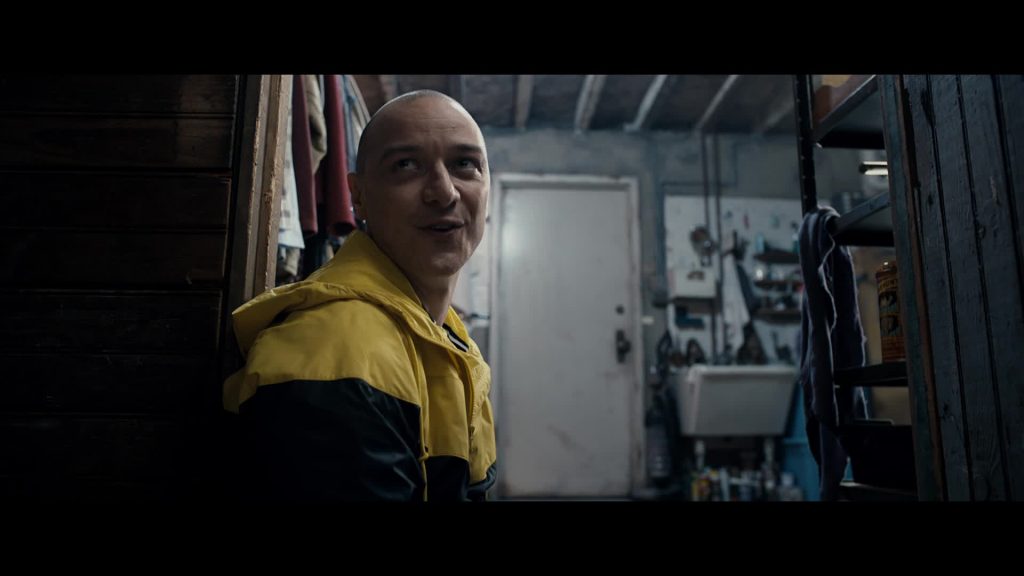
Dennis more than agrees with Dr. Fletcher, thinking that traumatized people are actually “pure” and superhuman. Dennis continually alludes to the captives’ sacred purpose and to a twenty-fourth personality, “The Beast,” which is described as terrifying and animalistic. This scary movie is frequently relieved with bits of humor, brilliantly executed by McAvoy. And once The Beast comes out, it’s clear that the aforementioned supernatural qualities weren’t purely theoretical. Suddenly, Kevin’s body is impenetrable and The Beast’s craving for human flesh intends to be satisfied by Casey and her two friends. At this point, the film has played with horror, comedy, and fantasy.
As Casey attempts to flee, she finds a note left behind by Dr. Fletcher, who had just been killed by The Beast. The note reads, “Say Kevin Wendell Crumb.” By reciting Kevin’s full name, his original identity will come forth and take control of his body again. This raises the question, why didn’t Dr. Fletcher just do that herself and spare her own life rather than take the time to write out this note, hoping that someone would stumble upon it? Casey successfully follows the doctor’s advice, only talking to Kevin long enough to get his permission to kill him. Kevin also tells her where he keeps his shotgun, echoing a conflict Casey had earlier in the film when she could have shot her molester, but she hesitated and lost control of the gun.
Soon enough, Casey realizes that she cannot outrun The Beast and, ironically, she secures her freedom by locking herself in a cage and revealing her scars (presumably self-inflicted). Casey literally entraps herself, as she has done her whole life by suffering in silence, but The Beast thinks that her difficult past makes her worthy of living. This moment seems to simultaneously make Casey responsible for her post-trauma alienation and yet regard the trauma as something of a positive character building experience.
Once Casey leaves the premises, she discovers that Kevin has been living at the zoo where he was employed. The constant allusions to Kevin’s animalistic nature really muddle the way that the film tries to portray survivors of abuse and mental disorders. We’re instigated to humanize and possibly admire these victims, as not all of Kevin’s personalities are bad, and our protagonist, Casey, likely has Stockholm Syndrome (and who knows what else). But, ultimately, the film’s message isn’t resolved, because at the conclusion, the audience learns that Casey’s father died some years ago and that she was forced to move in with the uncle who molested her (and who likely continued to do so). The viewers are led to believe that this near-death experience has taught Casey to fight for herself, but we’re never told whether or not she reports her uncle’s crimes. For a film that takes such a controversial stance on the possible benefits of being “abnormal” and undergoing trauma, it doesn’t take a coherent position on the evils of the abusers and the strength of the survivors. Split puts Casey in control of her destiny, which may seem uplifting if it weren’t simplicity approaching victim-blaming territory. Worst of all, the film doesn’t follow through and fully empower Casey by showing her rising to the challenge.
The film ends in a massively out-of-left-field twist, as two diner customers are watching this story being reported on the news. They reference a similar incident that happened a while back with a man in a wheelchair. It turns out, this movie is in the same universe as Shyamalan’s previous film Unbreakable, an applauded but rather boring superhero flick. Perhaps more accurately, Split is a sequel to Unbreakable (what did I say about Shyamalan’s obsession with his past successes, eh?). Many audience-goers likely didn’t see Unbreakable and were totally dumbfounded by this final development. With this tie in, every action in Split is being cross-referenced with an entirely differently movie. So this means that The Beast and Unbreakable’s Mr. Glass (the aforementioned man in the wheelchair) are super-villains… and our superhero is David Dunn (Bruce Willis), the protagonist of Unbreakable who is specifically characterized as never having experienced a sickness or an obstacle in his life. Yeah, that doesn’t confuse things at all.
While Shyamalan seems to have good intentions, he bit off more than he could chew. The film has plot holes, its multiple narratives contradict one another, and it’s generally all over the place. However, the film was definitely interesting, suspenseful, thought-provoking, and unusual. For that, I’m glad I watched it.
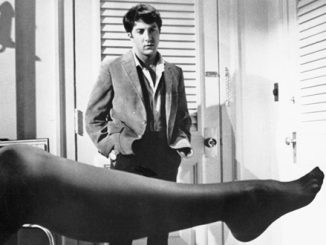

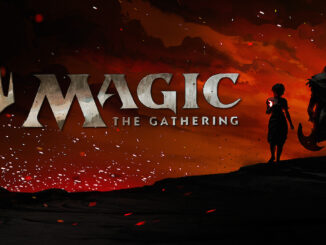
Leave a Reply